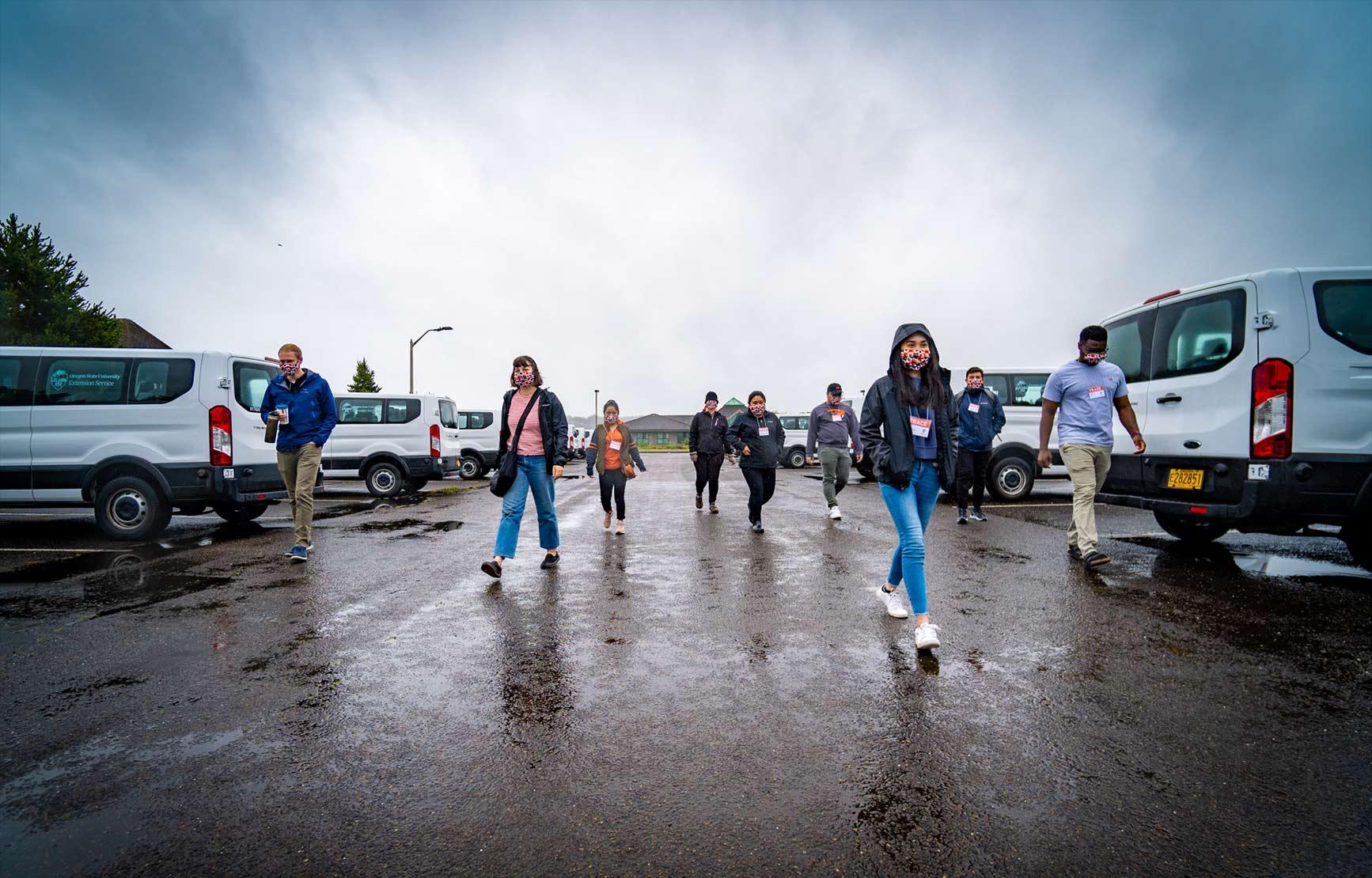Among the values the College of Science espouses is: “Collaboration to solve the world’s problems and create opportunities.” Collaborations among scientists trained in different fields have become essential for exploring and tackling problems. In recent months, I have had the privilege of seeing this value in practice among Oregon State scientists like never before.
In April, the university launched the groundbreaking public health project called TRACE-COVID-19, led by researchers from the College of Science and four other OSU colleges in partnership with the Benton County Health Department. In this issue, you will read how TRACE-COVID-19 volunteers have tested residents in the greater Corvallis, Bend and Newport communities to determine the prevalence of the virus.
The College and our dedicated team of scientists and volunteers have played a critical role in enhancing testing in Oregon communities and providing useful information to public health officials about the prevalence of the virus as the state gradually reopens.
Other values in our mission that we are deeply committed to include: “Diversity to build the best teams to do the best science” and “An inclusive community.”
The anguished multiracial protests that emerged in response to the killing of George Floyd and other Black Americans by police are echoing in the halls of science. The College strongly supports the Black Lives Matter movement. Our faculty, staff and administrators are deeply committed to providing a safe and inclusive environment where all can learn and thrive. Black students and faculty are very underrepresented in the sciences, and we as scientists and teachers must do the antiracist work of overturning systemic injustices and racial inequities – i.e., racism – in STEM disciplines.
In the last two years, we have put in concerted efforts to make equity, justice and inclusivity critical and central in every way to the functions of the College of Science. In the coming months, we will continue our ongoing conversations with undergraduate and graduate students as well as the Office of Institutional Diversity, to create a new anti-racism action plan to achieve meaningful change and support initiatives devoted to increasing diversity and inclusion.
Thank you for your interest in the mission and work of the College of Science.
Roy Haggerty
Dean, College of Science
